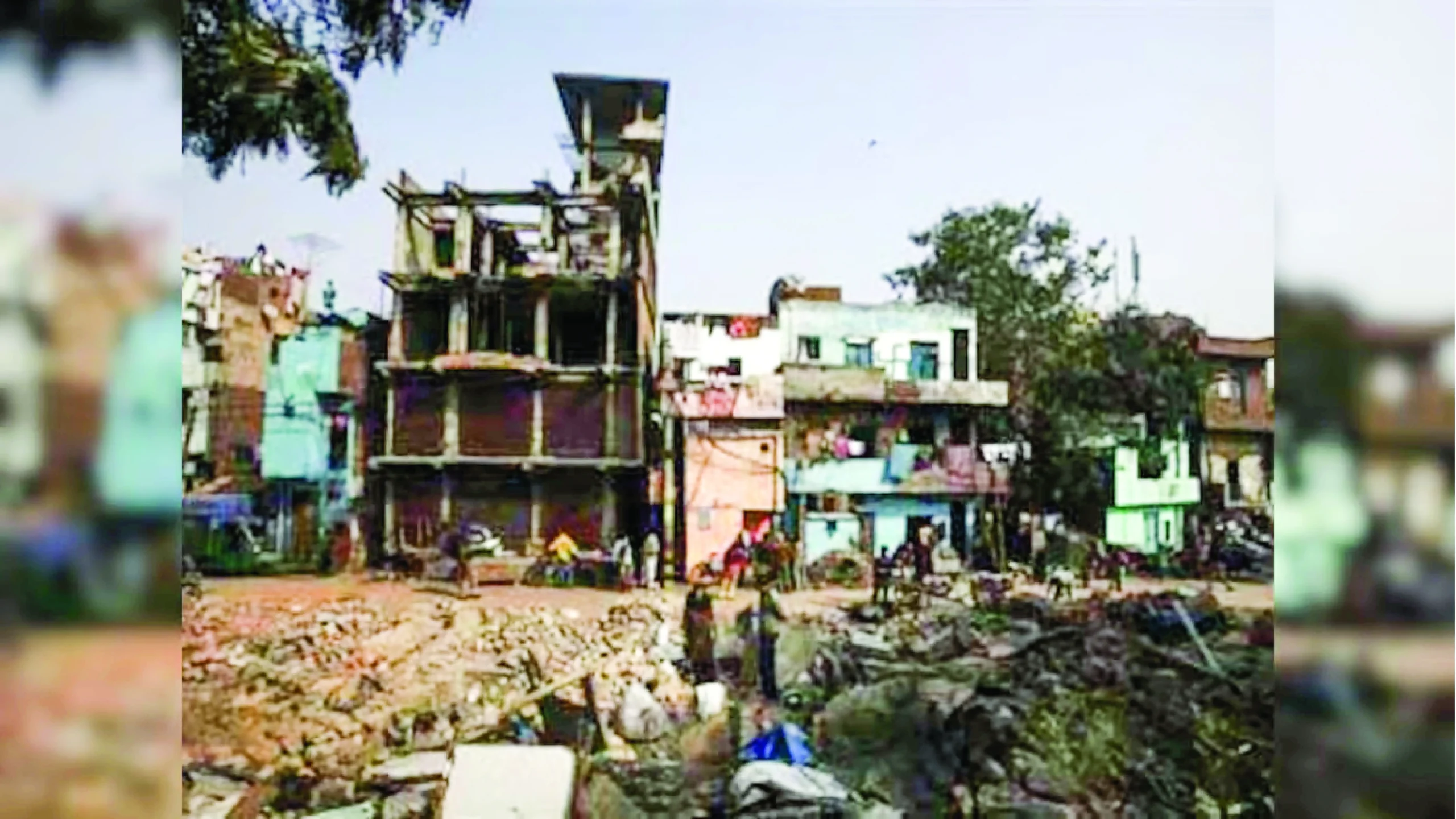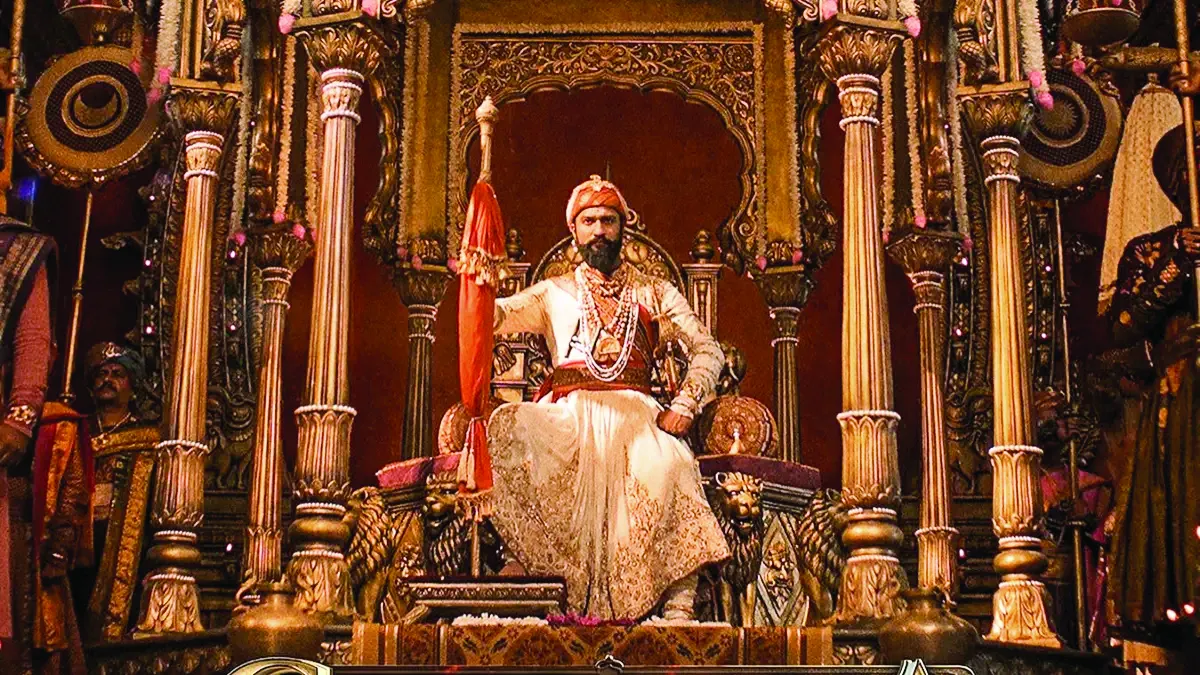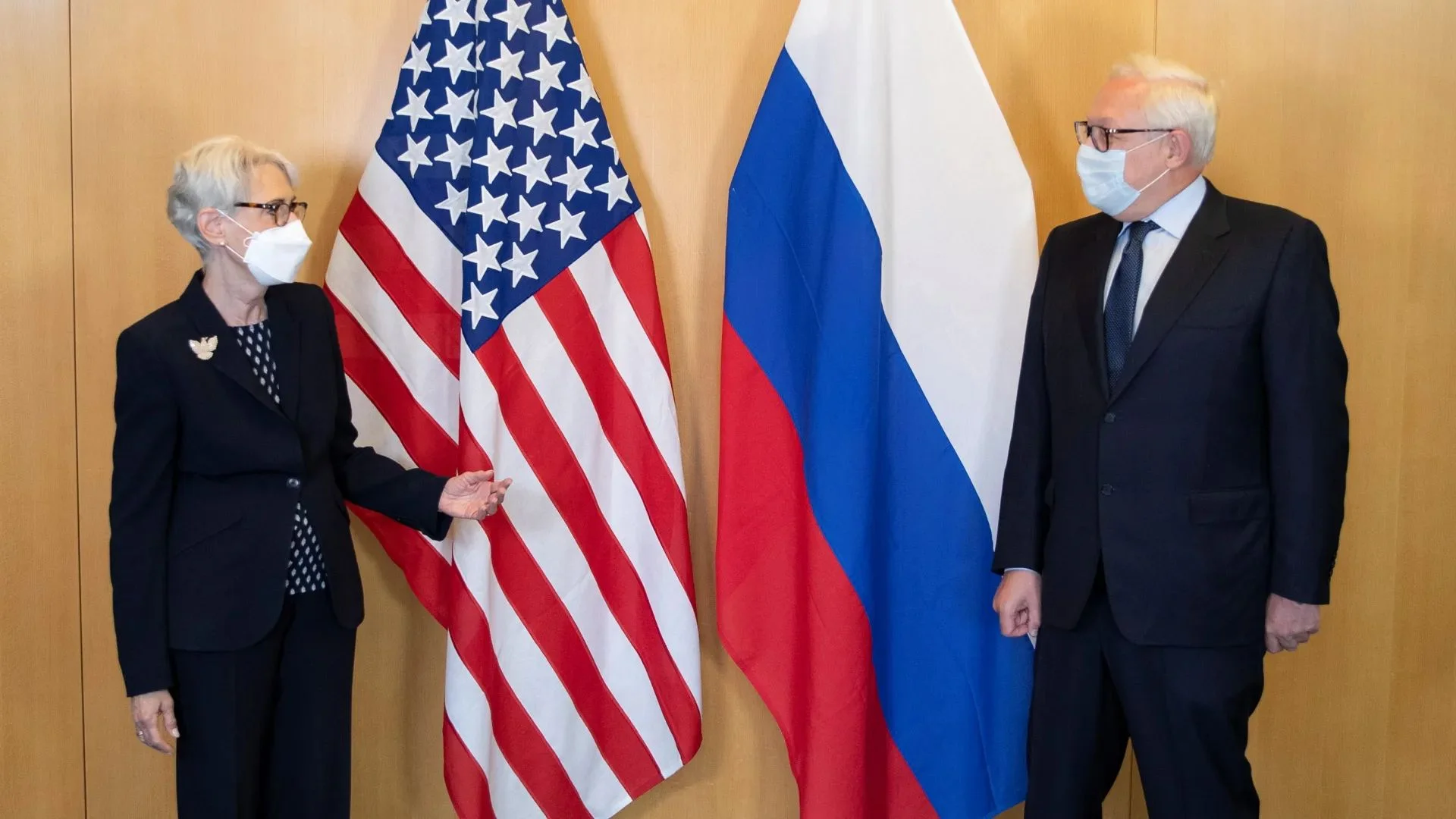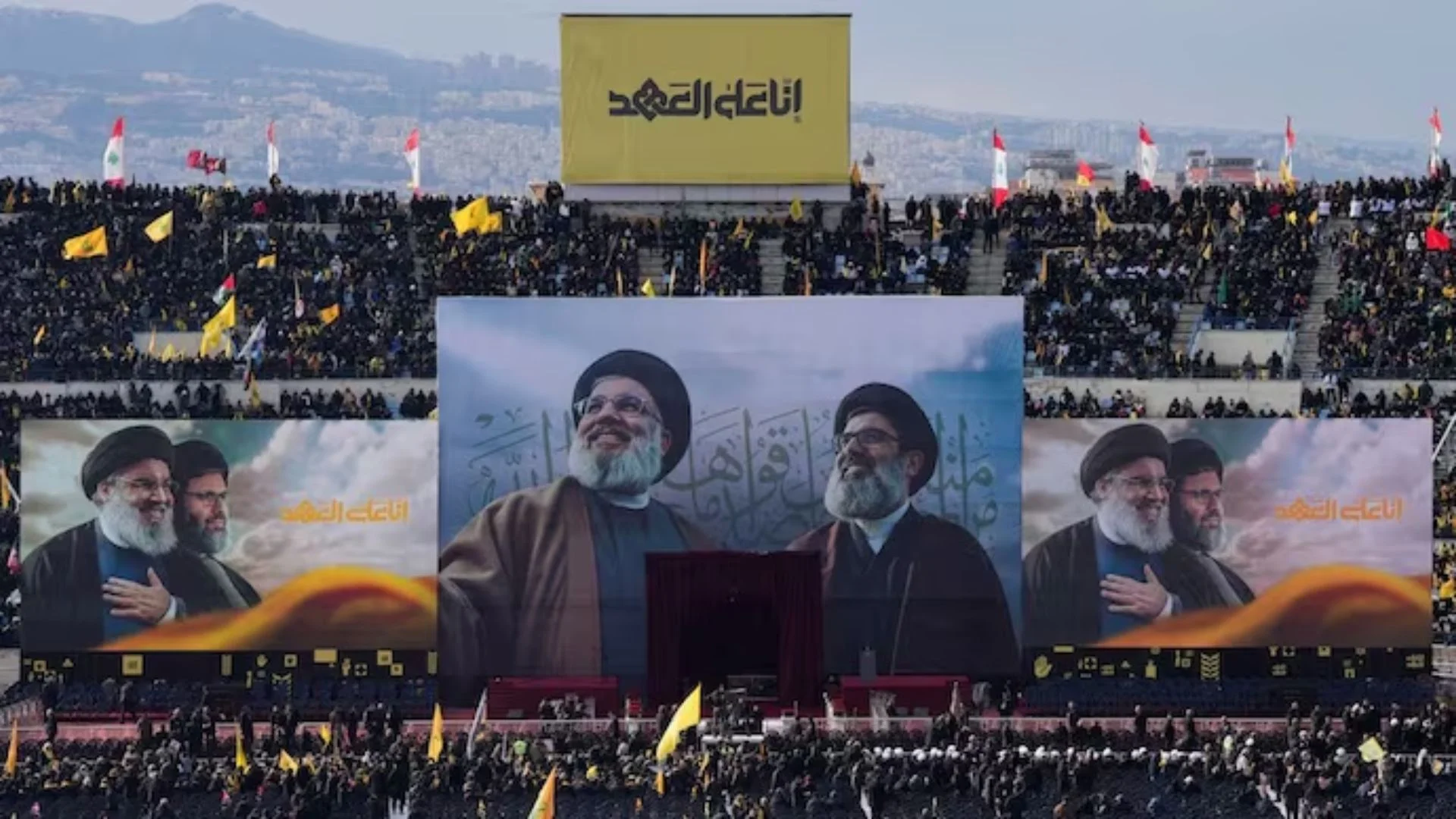Indian Armed Forces is undergoing the biggest transformation and restructuring in its functional and operational capabilities since independence. Over and above the emerging geopolitical challenges, to remain a compatible and major force to be reckoned with in 2047, the dynamic doctrine deserves major consideration and planning in the mode of self-reliance and budget allocation with broad perspectives.
India has the third-largest military in the world and is the sixth-largest spender in defense. However, the defence budget allocation for FY 2024 -25 is around USD 72.2 billion which is much lower than USD 849 Billion by the USA and 237 billion USD by China (excluding around estimated opaque expenditures of USD 300 Billion).
Pakistan’s defence budget is USD 7.64 billion for the current FY whereas the defence spending of Russia is close to $145 billion, which amounts to 6.33% of GDP. In contrast to the defence expenditure by these countries.
Even though defence expenditure by India has been showing a rising trend of an average of 8 to 10% per annum since the last decade. However, considering the average inflation rate of around 6% and the altered parity of the rupee compared to the USD, the budget allocation remains more or less standstill, rather marginally less compared to the effective value of the previous years.
The defence expenditure in all heads was around USD 47.22 billion in 2013 -14, approximately 1.79 % of GDP and 12.23% of total government expenditures in the financial year. Whereas the expenditure has climbed up to INR 6.21 trillion (USD 75.2 billion) during the current financial year 2024 -25. This amount is around 12.9% as compared to the 13.33% of total government expenditure as compared to the FY 2023 -24 and just 1.89 percent of the estimated GDP and likely to be in the range of 1.9 to 2% of the GDP in the FY 2025-26.
The allocation to the defence budget is under two important major heads of Capital and Revenue expenditures. Expenditure under the Revenue head comprises military pay and allowances inclusive of civil defence employees from Ordnance Factories and other defence establishments. The revenue allocation for defence pay allowances and pension amounts to almost 60% of the total defence budget (30.66% for Pay and allowances and 22.70% for Defence Pension).
The major share of revenue funds contributes towards payment of salaries and pensions including to the civil defence employees. Since ordnance factories have been converted into government-owned public companies, liabilities of their salaries are out of the defence budget now.
However, payment of their pension will continue from the defence budget. It is recommended that the pension of these categories should be delinked from the defence budget to the general budget. These measures will reduce revenue liabilities and will provide additional funds in the current account for modernization.
Gradual implementation of the Agniveer scheme in armed forces will further reduce the pace and share of pay and allowances of uniformed defence personnel to less than 40 percent of the total defence budget in the future.
The Capital expenditure contributes towards expenses on procurement of arms, ammunition, and weaponry as well as to create infrastructure. The capital head was allocated INR 1.72 trillion (27.66% of the defence budget) where as 14.82% was earmarked for revenue expenditure on sustenance and operational preparedness in the current financial year.
The first budget of independent India was presented on November 26, 1947, by Finance Minister R.K. Shanmukham Chetty. The FM had allotted around 50% total budget expenditure to cope with the significant deficiencies that arose due to the partition. Later on, the defence budget continued to have a share of 2 to 3% of GDP. The Capital expenditure remained less than 9% of total defence expenditures to sharply increase up to 33 % in the current financial year.
The procurement of weaponry is based on the principle of developing futuristic gadgets, acquiring modern technology, maintaining existing assets, and gradually replacing aging and obsolete equipment. The prevailing defence expenditure under the current head is highly inadequate to sustain this vital process. The target can be achieved by enhancing allocation under the current head, imposing fiscal discipline, Rationalization the quantity as well as the mandatory cap on the budget allotment to supporting services including medical for 5 to 7 years. The outsourcing of facilities and manpower not engaged directly with combat and operational roles is also a viable option.
Hence the Government must consider enhancing the capital budget to the level of 2 % of GDP from the present level of around 0.6% to lay a strong foundation in the field of modernization, research, and development in the armed forces as a step towards achieving target 2047.
A total of 68 % of the capital procurement budget was earmarked for domestic industries during the last three years. It is suggested that the domestic share should be at least 80%. Hence the total procurement needs to touch INR 1,40,000 Crore from the existing value of INR 70,000 Crore. This target is very much possible by thrust and adopting.
Since defence technologies are highly complex and clubbed with time-consuming research and development processes, Foreign Direct Investment (FDI) limit in the defence sector was enhanced in 2020 by up to 74% through the Automatic Route for companies seeking new defence industrial licenses, and up to 100% through the Government Route to facilitates Inflow of the modern technology. This FDI policy has accelerated cumulative inflow to the tune of US$21.74 million from April 2000 to September 2024 which deserves higher inflow.
DAP 2020 has further galvanized the process of “Buy (Indian – Indigenous Design, Development, and Manufacturing),” “Buy and Make (Indian),” and “Make I and II.”The 2023 amendments to India’s Defense Acquisition Procedure have directed the promotion of Indigenous content, the Introduction of Innovations for Defense Excellence, Simplified Make-II process, Leasing provisions, Digitalization of processes, and Strategic partnerships.
However, the major hurdle in adopting and revolutionizing new technology remains direct transfer of complex technology by the OEM. Despite thrust to the defence manufacturing system, the vital components of higher-end weaponry, ships, fighter aircraft, missiles, radar, and navigation systems have to be imported.
Although there is rapid engagement and procurement of an Indianized system in the armed forces, the major deficiency in this regard remains with the services and, sub-branches of communication, UAV, transport, consumables, ordnance, laser devices, medicines, higher-end medical equipment, devise and implants. There is a strong need to rationalize the procurement policy by a decisive approach to make it 100 percent mandatory to procure Indianized products of the latest design rather than importing, acquiring, and dumping old and phasing out technology, except items that are not produced in India.
In the same way, combat-oriented and operationally viable medical, communications, and logistics setups should have the highest priority to ensure and enhance their role in the proposed theaterization and integrated battlefield grouping.
Development of infrastructure and facilities by non-military sources for the dual purpose, massive thrust in research and innovation as a joint effort with the major share from the non-defense setup both private and government will not only improve capabilities but also reduce the burden on the defence budget.
Till now the military doctrine of India has been Pakistan and China-centric to safeguard the territorial boundaries of the nation as a preemptive defence. With the changing scenario in Southeast Asia, political instability in the Bangla Desh and Myanmar raises security concerns.
The growing influence of trade, and the security of financial establishments from any threat from Space and Cyber technology has widened the domain of defence forces. India has to transform its forces into ultra-modern futuristic forces to enable them to discharge duties in a newer perspective where the application of AI, UAV, Lasers, and Space warfare are newer threats.
Major General J.K.S. Parihar, Sena Medal, Bar to Vishisht Seva Medal (Retd.), Former Additional Director General, AFMS and Expert on Defence and International Strategic Affairs























